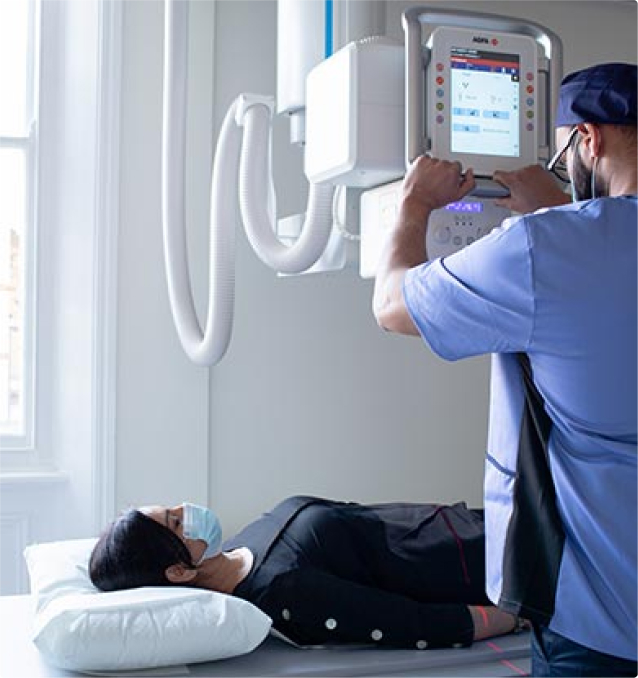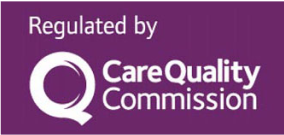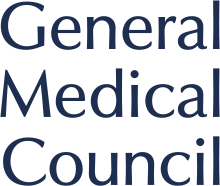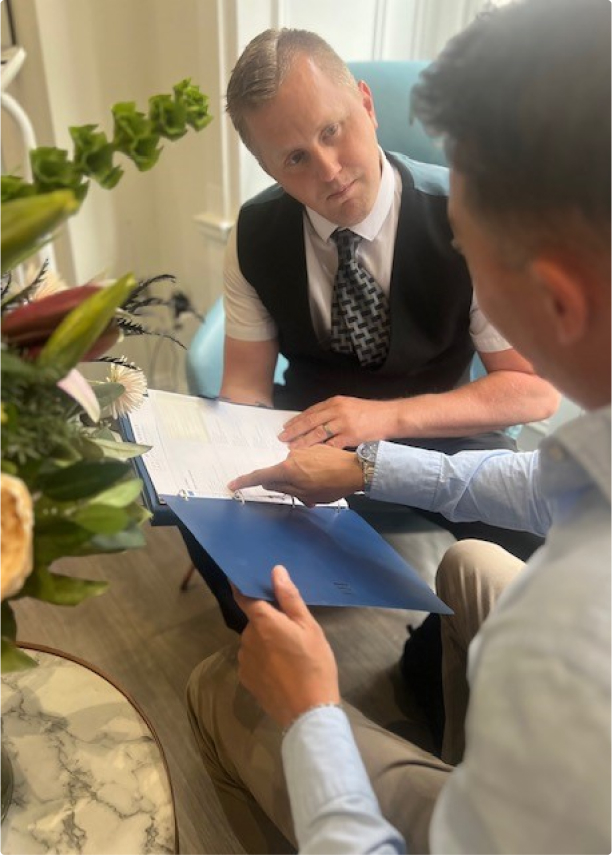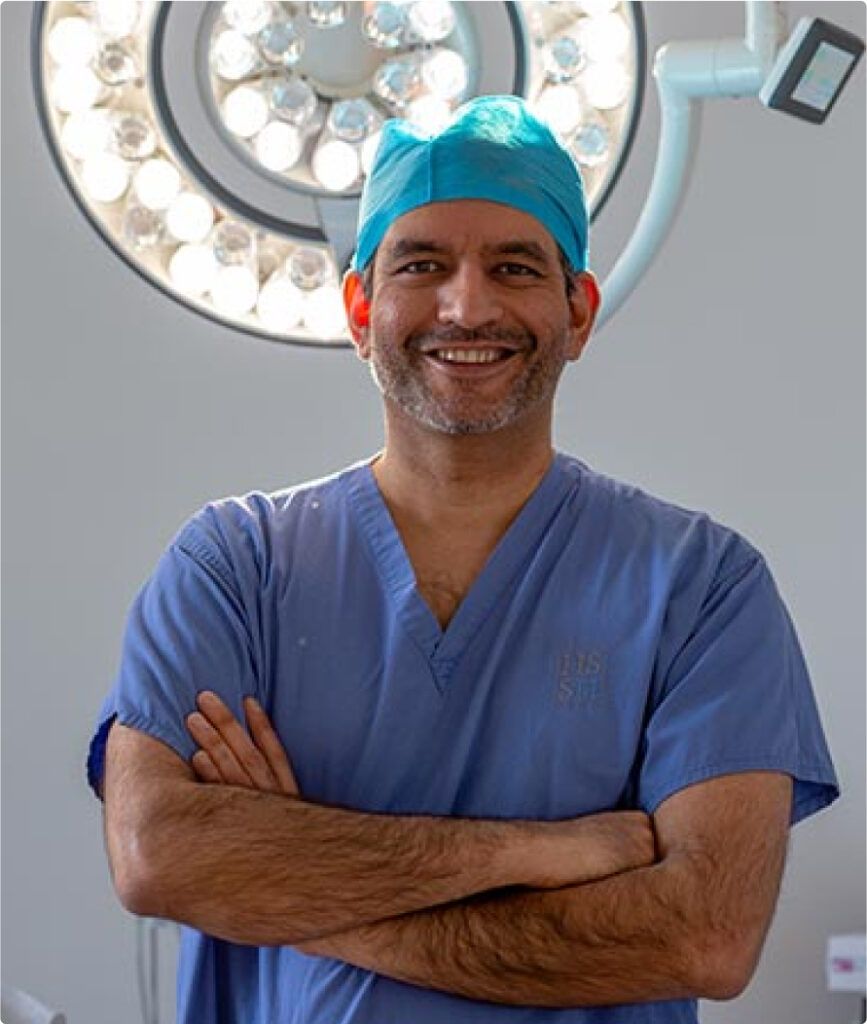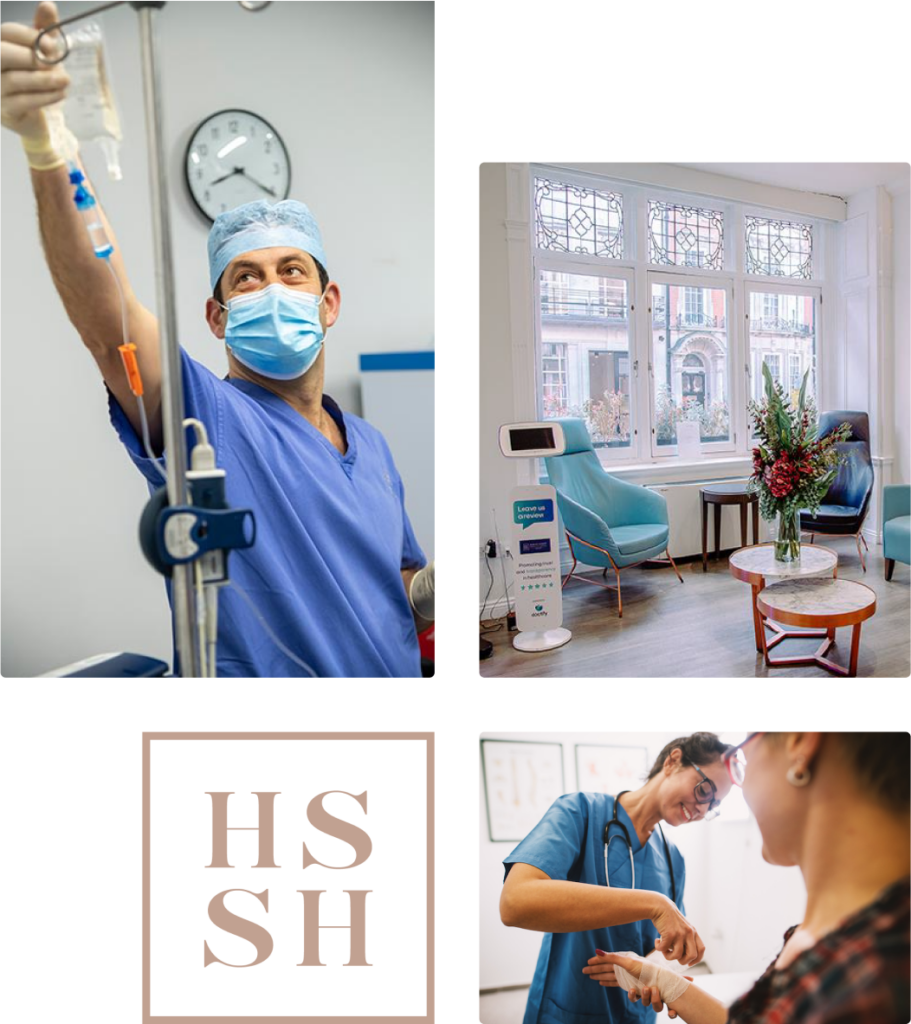Award winning Specialist
Peripheral Nerve Stimulation London

Peripheral nerve stimulation (PNS) is a back and spine treatment designed to eliminate chronic nerve-related pain. A slightly older method than spinal cord stimulation, PNS uses a similar mechanism. A peripheral nerve stimulator is a small implanted device that sends electrical impulses to your peripheral nerves. Below, find out all about peripheral nerve stimulation for back and spine conditions at Harley Street Specialist Hospital.




